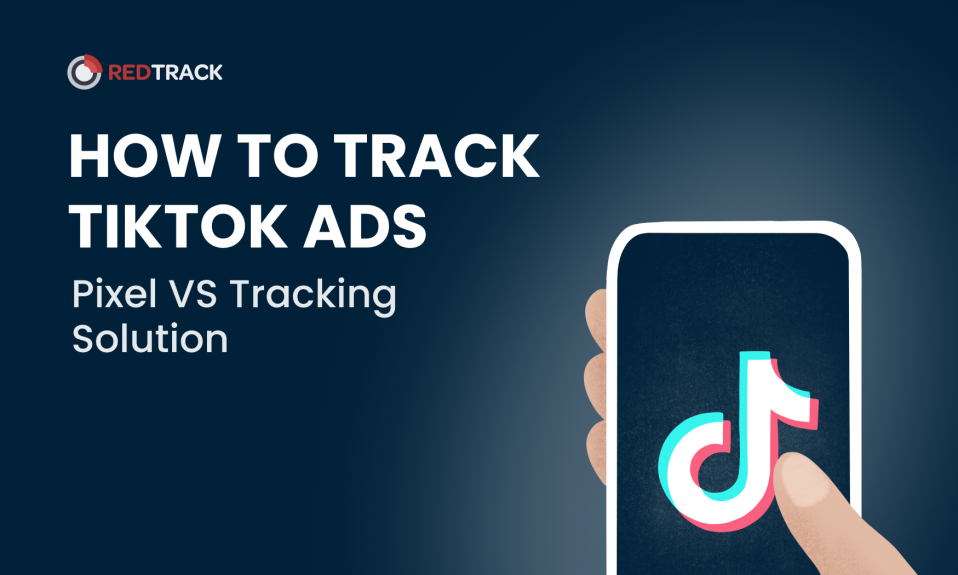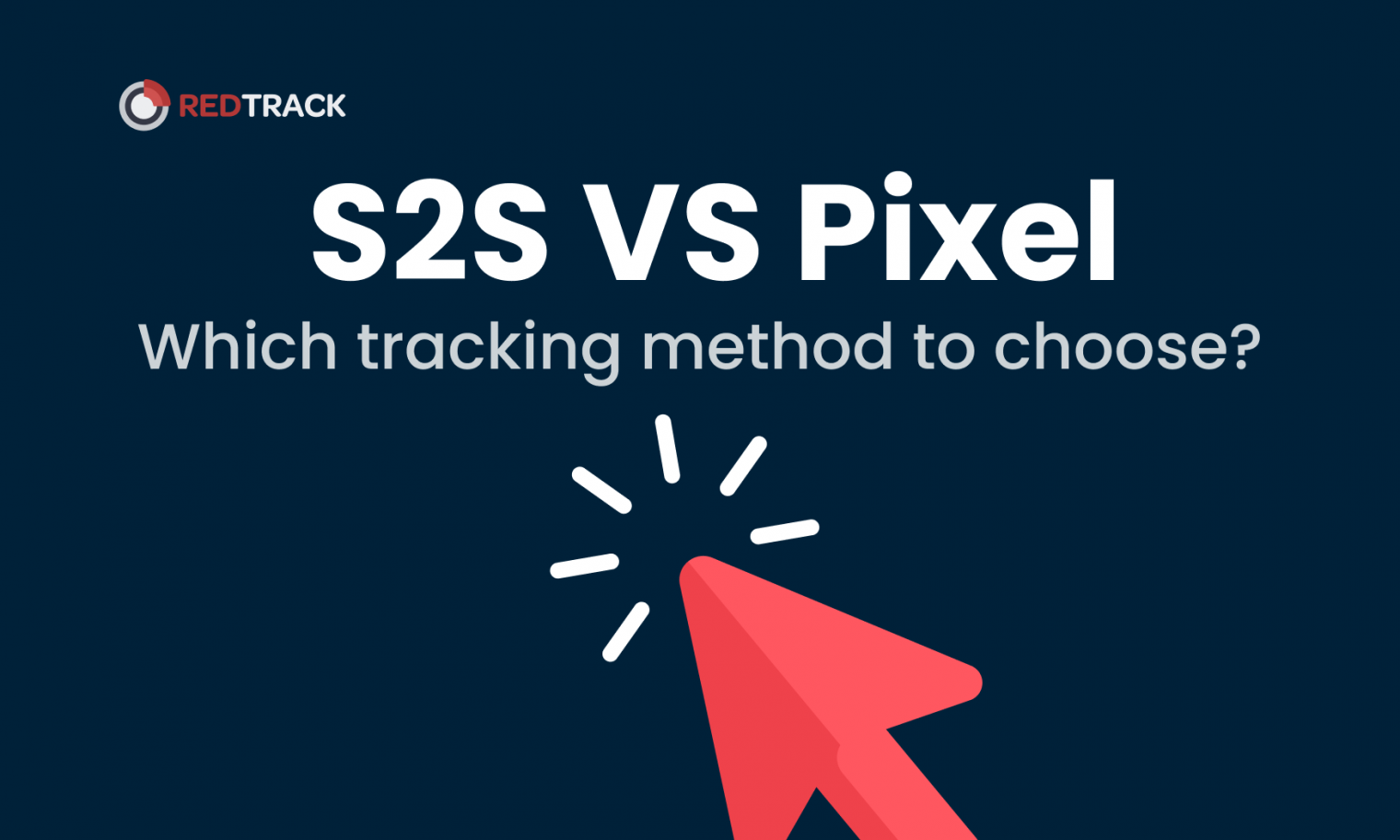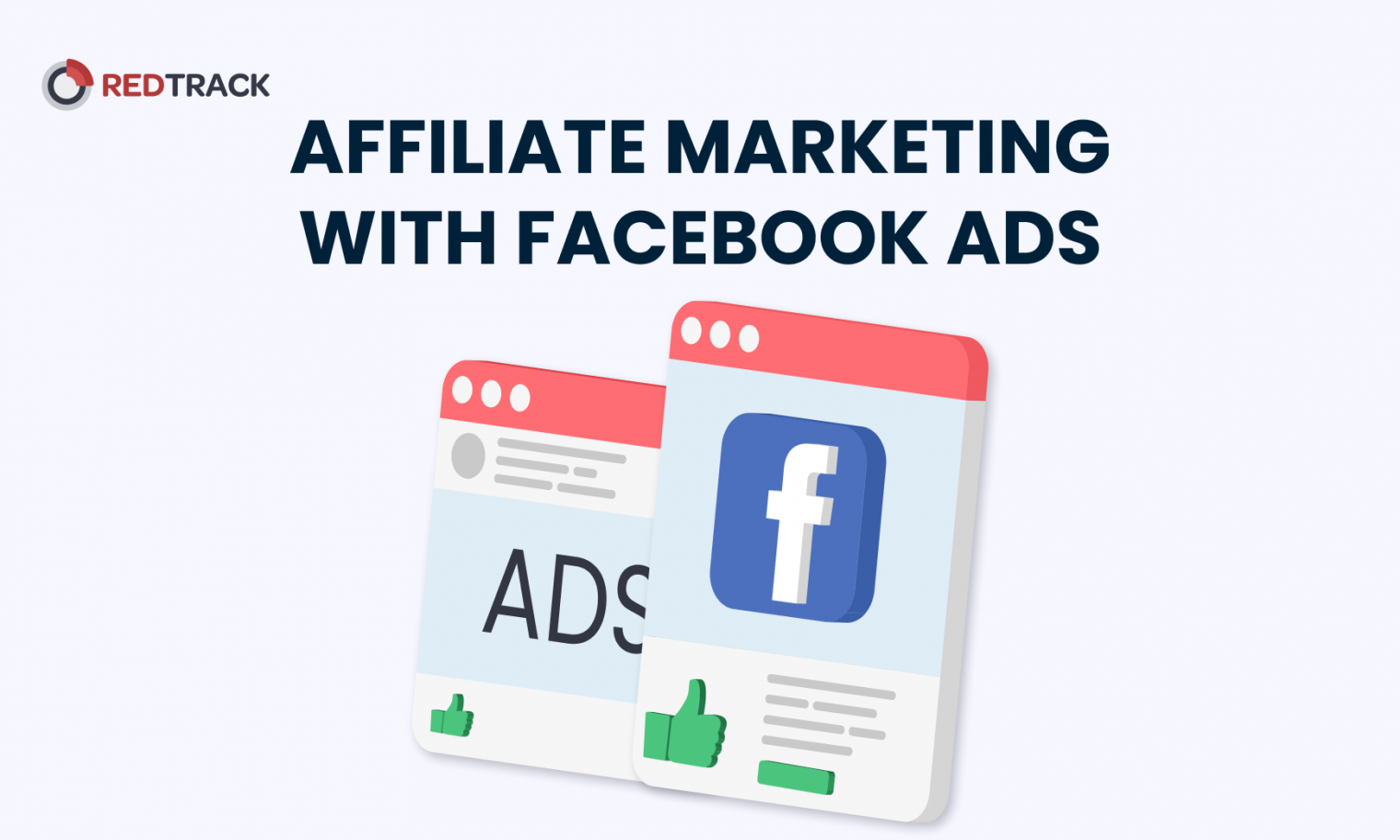
Check our 2-minute video to explore 5 reasons users choose RedTrack as their ad tracking & attribution partner.
Pay-Per-Click (PPC) advertising, a cornerstone of digital marketing, has revolutionized the way businesses reach their audience. This guide provides a comprehensive understanding of PPC advertising, ensuring clarity and accessibility even for beginners.
PPC advertising is a model of internet marketing where advertisers pay a fee each time one of their ads is clicked. Essentially, it's a way of buying visits to your site, rather than attempting to “earn” those visits organically. Search engine advertising is one of the most popular forms of PPC.
When a user searches a keyword related to your business, your ad might appear on their search results page. If your ad is clicked, sending a visitor to your website, you pay the search engine a small fee. This fee is trivial because the visit is worth more than what you pay for it.
Understanding the key components of PPC advertising is crucial for creating successful campaigns. These components include keywords, ad quality, relevance, and landing pages.
They form the foundation of PPC and determine the effectiveness and cost-efficiency of your campaigns.
Keywords: at the heart of PPC are keywords. Advertisers bid on keywords relevant to their target market. Costs can vary drastically based on the keyword's competitiveness.
Ad Quality and Relevance: search engines reward advertisers who create relevant, intelligently targeted pay-per-click campaigns. Ads are evaluated using various metrics, including click-through rate and relevance.
Landing Pages: the landing page experience is crucial. It should deliver what's promised in the ad and make it easy for the visitor to complete the desired action, be it making a purchase, signing up for a newsletter, or downloading a guide.
The success of PPC advertising also hinges on understanding the various types of campaigns available. Each type serves a different purpose and is suitable for different marketing goals, from search ads and display ads to social media and remarketing campaigns.
Search Ads: these are text ads shown on search engine results pages. Typically, these ads appear at the top or bottom of a search engine's result pages.
Display Ads: display ads are typically image-based and are shown on web pages within the display network. This network includes a vast number of websites that agree to show ads.
Social Media Ads: social media platforms like Facebook, Instagram, and LinkedIn offer PPC advertising. These ads can be highly targeted based on the platform's user data.
Remarketing: remarketing allows you to show ads to users who've previously visited your website. This is an effective way to engage users who showed interest in your product or service.
Different pricing models in PPC advertising cater to varying business needs and campaign objectives. Understanding these models, including flat-rate and bid-based options, helps in planning and budgeting for your campaigns.
Flat Rate: in a flat-rate model, the advertiser and publisher agree upon a fixed amount that will be paid for each click.
Bid-Based: in the bid-based model, advertisers compete against each other in a private auction hosted by a publisher or network. Each advertiser informs the host of the maximum amount that they are willing to pay for a given ad spot.
Measuring the success of PPC campaigns is vital to ensure they deliver the desired results. Key metrics like Click-Through Rate, Cost Per Click, and Conversion Rate provide insights into campaign performance and areas for improvement.
Click-Through Rate (CTR): CTR measures the rate at which your PPC ads are clicked. It's a good indicator of how well your keywords and ads are performing.
Cost Per Click (CPC): CPC measures the price you pay for each click in your PPC campaigns. Understanding CPC helps in budget allocation and measuring ROI.
Conversion Rate (CR): the conversion rate is the percentage of visitors who take the desired action after clicking on your ad. This metric is crucial for understanding the effectiveness of your PPC campaign.
PPC advertising offers several benefits, making it an attractive option for businesses looking to boost their online presence. Its cost-effectiveness, targeted approach, measurable results, and quick impact are key advantages that contribute to its popularity.
Cost-Effective: with PPC, you only pay when your ad is clicked. This makes it a cost-effective choice, especially for small businesses.
Targeted: ads can be shown to people based on demographics, interests, and behaviors, ensuring you reach your desired audience.
Measurable: PPC campaigns can be measured and tracked with precision, allowing for ongoing optimization.
Quick Results: unlike organic search, PPC can show results quickly. Ads start showing up as soon as the campaign goes live.
While PPC advertising has many benefits, it also comes with its set of challenges. Understanding these challenges, including keyword competition, budget management, and the need for ongoing learning, is essential for navigating the PPC landscape effectively. Popular keywords can be expensive and competitive, making it challenging for smaller businesses to compete.
PPC advertising is a dynamic and effective way to drive traffic, generate sales, and increase brand awareness. With its ability to target specific audiences, measurable results, and cost-effectiveness, PPC is a vital tool in the digital marketing arsenal. However, success requires an understanding of its components, continuous optimization, and staying updated with trends and changes in the PPC landscape.

Check our 2-minute video to explore 5 reasons users choose RedTrack as their ad tracking & attribution partner.

Join our Facebook group to participate in the discussions, share your insights with like-minded people, and ask for support if needed.

Find out how Financer.com optimized the conversion rates of both organic and paid traffic by 60% with RedTrack.